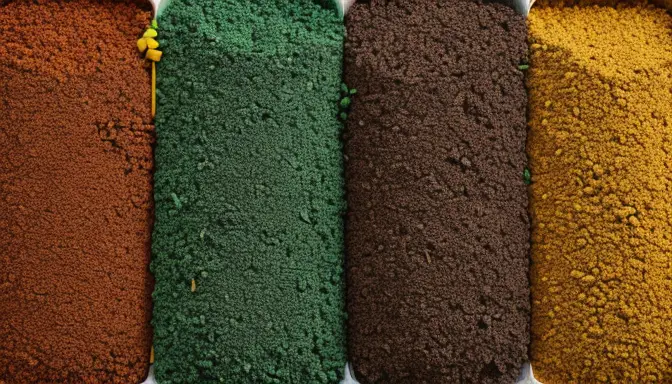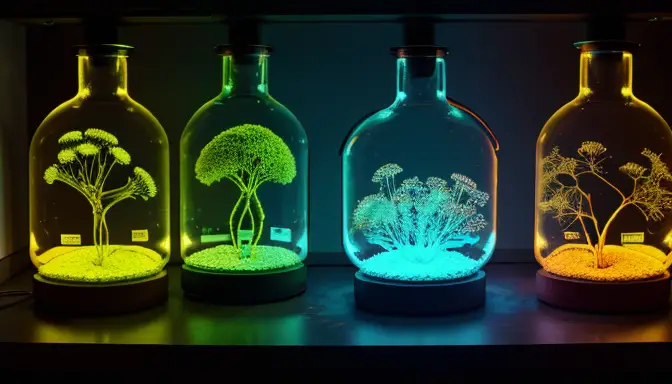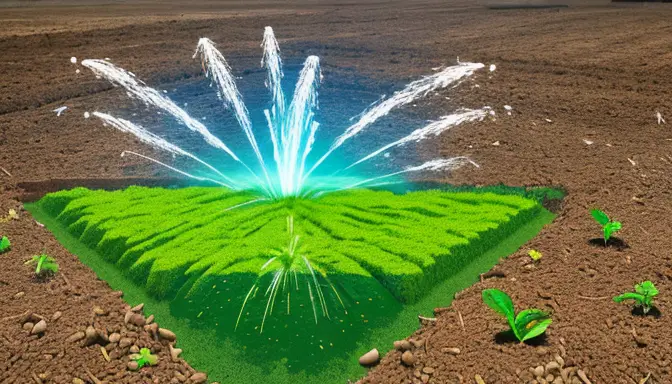
When it comes to 20-20-20 fertilizer, the real magic lies within its composition. This balanced blend is a powerhouse of nutrients that plants crave for explosive growth and vibrant health. Let’s dive into the secrets of this fertilizer mix and uncover what makes it a favorite among gardeners and farmers alike.
First up, we have the nitrogen content. Nitrogen is like fuel for plants, driving lush green growth and ensuring they reach their full potential. In the 20-20-20 formula, nitrogen plays a crucial role in boosting leafy development and overall plant vigor.
Next, let’s talk about the phosphorus composition. This nutrient is essential for strong root development and bountiful flower production. Within the 20-20-20 fertilizer, phosphorus works its magic to support healthy plant growth and stunning blooms.
Now, onto the potassium presence. Potassium is the unsung hero that enhances plant resilience against diseases and stress. Found in the 20-20-20 mix, potassium ensures that your plants can combat challenges and thrive in any environment.
But wait, there’s more! The 20-20-20 fertilizer doesn’t stop there. It also includes micro-nutrients like iron, zinc, and manganese. These essential elements are like vitamins for plants, promoting overall health and robust growth.
One of the standout features of 20-20-20 fertilizer is its water-soluble form. This means that the nutrients are readily available for plants to absorb, ensuring quick uptake and efficient utilization for maximum benefit.
Loading... Seconds Left for
Miniature Orchid Terrarium Gallery!

When it comes to applying 20-20-20 fertilizer, there are various methods to choose from. Whether you prefer foliar spraying, root drenching, or soil incorporation, each technique offers unique advantages for optimal results.
Lastly, understanding the frequency of use is key to unlocking the full potential of 20-20-20 fertilizer. By following guidelines on when and how often to apply this powerhouse blend, you can ensure your plants experience sustained growth and abundant blooming.
Nitrogen Content
When it comes to 20-20-20 fertilizer, the nitrogen content plays a crucial role in promoting lush and vibrant greenery in plants.
Nitrogen is like the fuel that powers the growth engine of plants, stimulating the production of chlorophyll and aiding in photosynthesis..
This essential nutrient is responsible for enhancing leafy growth, ensuring that your plants develop strong stems and healthy foliage. Without sufficient nitrogen, plants may appear stunted and pale, lacking the vigor needed to thrive. In the world of fertilizers, nitrogen is the superstar that brings the show to life, making it a key component in the 20-20-20 blend.
ear:both; margin-top:0em; margin-bottom:1em;">
See also
What Does a Pumpkin Plant Look Like A Visual Guide to the Pumpkin Life Cycle

Phosphorus Composition
When it comes to the composition of 20-20-20 fertilizer, the presence of phosphorus plays a crucial role in the formula. Phosphorus is essential for plant development, particularly in stimulating root growth and enhancing flower production. This vital nutrient aids in energy transfer within the plant, promoting strong root systems and overall plant resilience. In the 20-20-20 fertilizer blend, phosphorus content contributes significantly to the reproductive phase of plants, encouraging robust blooms and fruit set. Additionally, phosphorus supports photosynthesis and overall plant metabolism, ensuring healthy growth and vitality.
Potassium Presence
When it comes to the in 20-20-20 fertilizer, we are delving into a crucial element that plays a significant role in plant health and resilience. Potassium, also known as potash, is a vital nutrient that aids in various functions within plants, such as regulating water uptake, photosynthesis, and enzyme activation. Here are some key points to consider regarding the potassium content in 20-20-20 fertilizer:
- Potassium enhances the plant’s ability to withstand diseases and environmental stresses, making them more resilient.
- It promotes root development and improves overall plant vigor, leading to healthier and more robust growth.
- Proper levels of potassium in the soil can help plants better utilize other nutrients present in the fertilizer blend.
Overa
ll, the potassium present in 20-20-20 fertilizer contributes significantly to the overall well-being and performance of plants, ensuring they thrive and flourish in various growing conditions.
Micro-Nutrients Addition
When it comes to the formulation of 20-20-20 fertilizer, the addition of micro-nutrients plays a crucial role in ensuring the overall health and growth of plants. These essential elements, such as iron, zinc, and manganese, are like the secret ingredients that boost plant vitality and resilience. Let’s break it down further:
- Iron: Acts as a catalyst for chlorophyll production, aiding in photosynthesis and giving plants their green color.
- Zinc: Facilitates enzyme activities essential for plant metabolism, growth, and hormone regulation.
- Manganese: Helps in the activation of enzymes responsible for nutrient uptake and contributes to the synthesis of chlorophyll.
These micro-nutrients are like the vitamins and minerals that humans need for optimal health, ensuring that plants have everything they need to thrive and flourish. Including them in the 20-20-20 fertilizer mix is like providing a balanced diet for your green companions, promoting robust growth and vibrant blooms.



